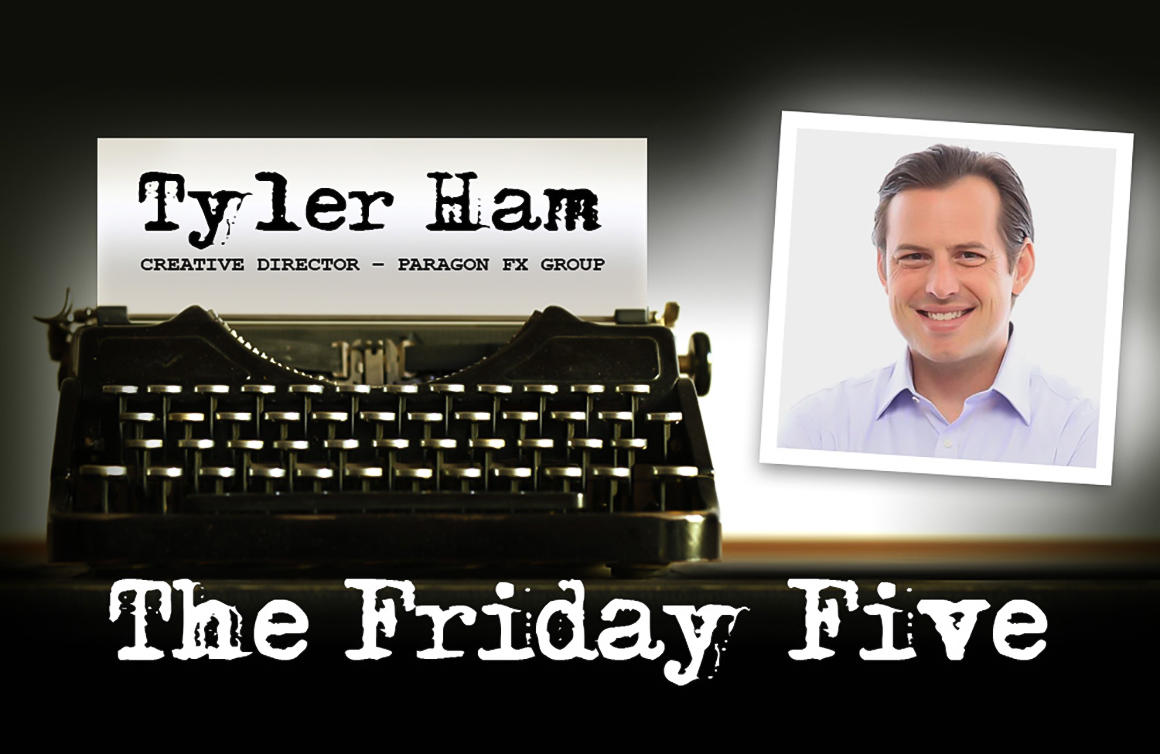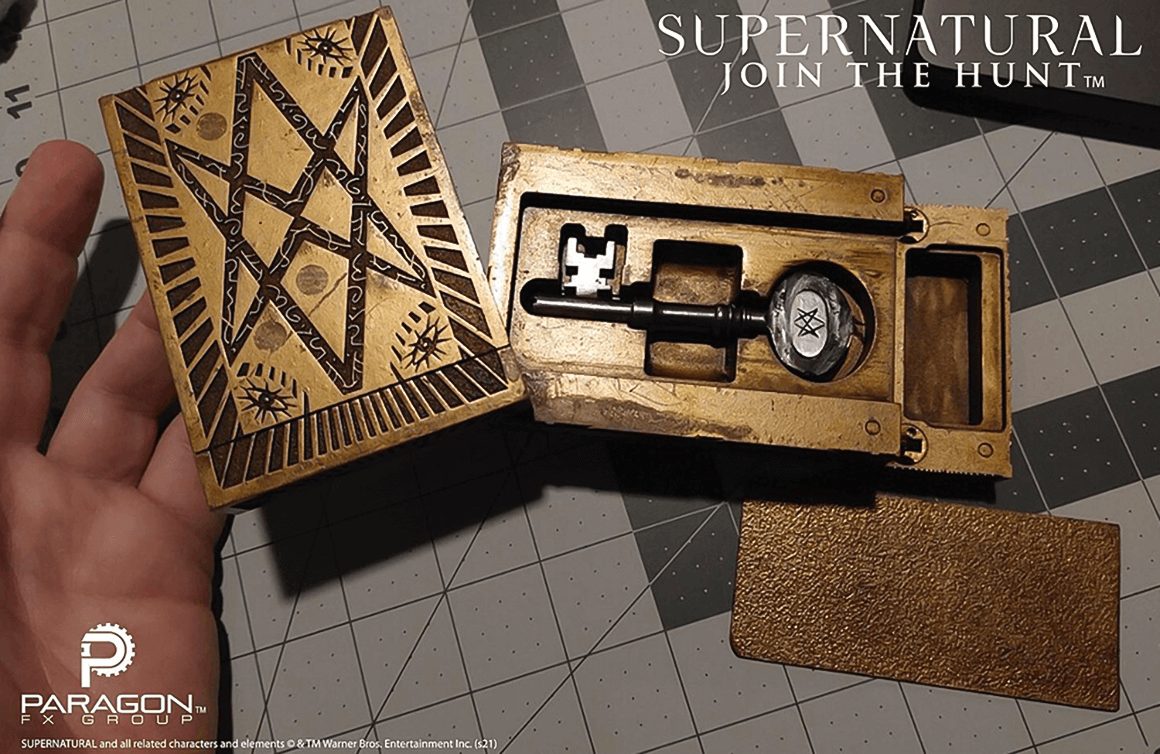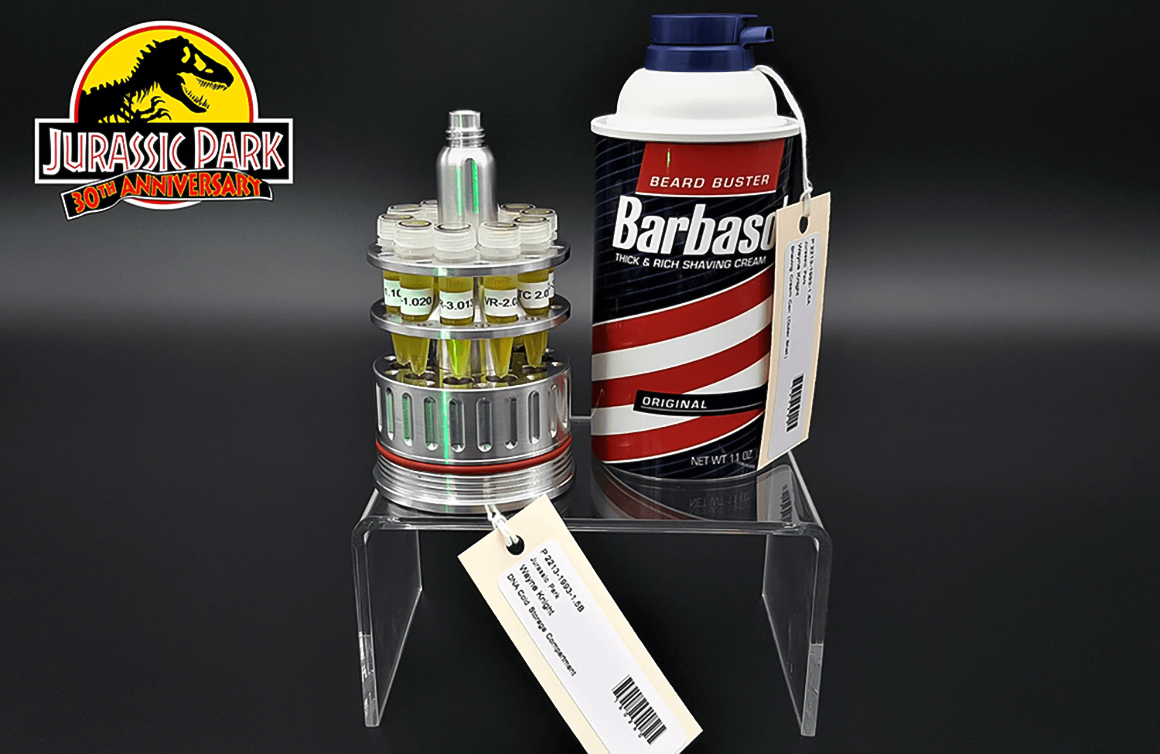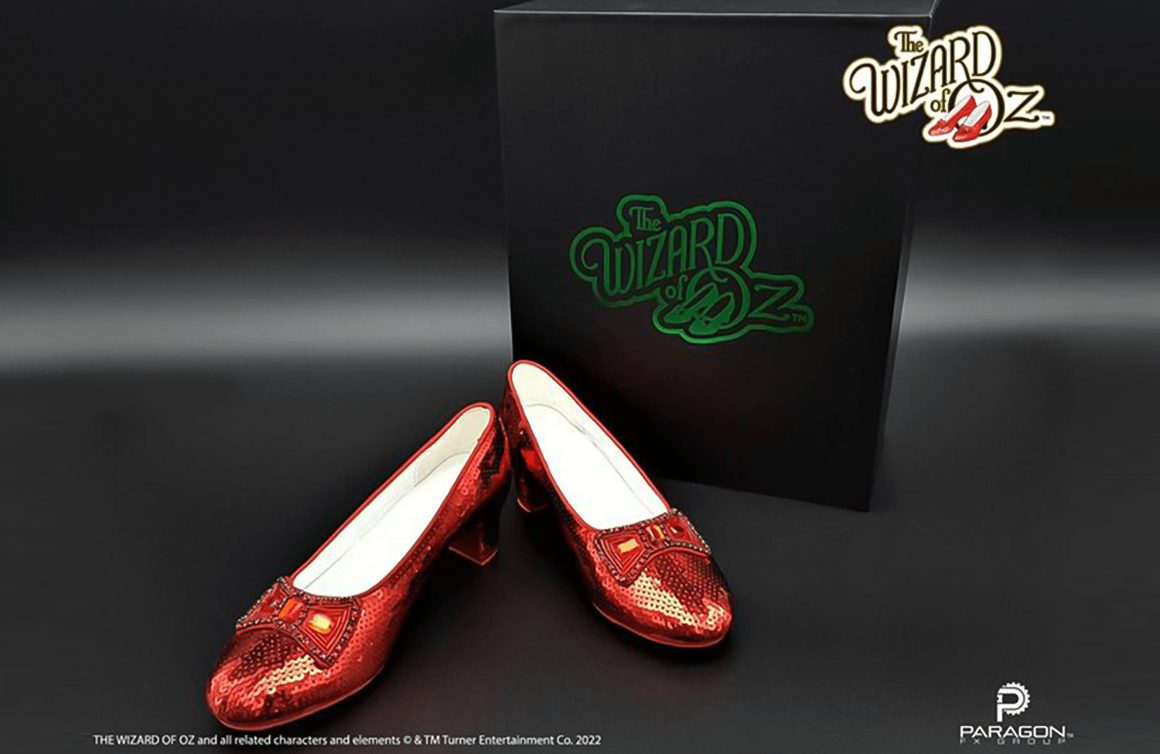What does your role as Creative Director entail?
I started my career as a 3D artist in the film industry. I then went into licensing and worked with SEGA before moving on to work with a licensing start-up that wanted to build a pipeline of 3D printable collectables for licensed products. Then I went into the toy industry as a project manager before working as an art director and eventually a creative director.
I’ve worked as a production person, sculptor, and freelancer. All this experience added up to being a good creative director for the collectibles industry. It’s a specialized toy field, and we’re pretty specialized at Paragon FX Group, where I’m a “jack of all trades”. Sometimes my role entails negotiating with studios over what we want to make. Or, I’ll be discussing with the partners and employees here about what movie we should target.
Sometimes licensing partnerships sound really good, or we may get an offer to partner to create collectibles for a film. What might seem like an exciting offer at first, once you analyze the film — and it could be your favourite movie of all time — you realize there aren’t a lot of things that could be made from it within the prop realm. There could be items such as action figures, t-shirts, or trading cards — but replica movie props, maybe not so much.
That’s what is fun about my role. Seven years ago, a company could have made what they thought was, at the time, the greatest version of a particular prop. It’s created from screen captures and photos. Three years later, the actual prop shows up in a private collection. It then gets photographed in more detail. All the little things that are wrong with that first “perfect” version, we can take and make a new, more-perfect version. For example, we aren’t the first company to replicate the Goonies “Copper Bones” key. However, we based our version on the recently rediscovered key that had been in an actor’s collection since filming, which had not been replicated before.
We recently released the Batman grapnel. In the middle of developing that item, a screen-used version of the prop came up for auction. Few people knew it existed. We stopped development of our replica so we could redo some of the pieces that we now had a much better understanding of.
Really, that’s the whole goal. My job is to help make something as perfect as possible with the references available.

What makes a compelling high-end adult collectible?
When we ask ourselves what prop we’re going to make from a particular movie, one consideration is does it actually exist and can we access it to get that lineage. If we have access to an original prop and are able to 3D scan it, or find one made of resin, we can reverse-engineer it and keep that lineage. It isn’t just from our imagination – there’s lineage to the actual thing seen on screen. That can be a big determining factor when we’re on the fence about making something.
There’s no real set path for how we choose what we make. Is it an interesting movie? Is it a nostalgic movie? Is the object interesting? Is there a market for the prop? We all have movies we love that are really niche. If money was no object, I would make stuff from the Tremors movie – I would make all sorts of Tremors stuff. But I’d also probably be only one of two people who would actually buy Tremors stuff. There’s always that fine balance of making what you want versus keeping the company invested.
What makes a collectible compelling – outside of the power of the intellectual property or the power of the prop – is the packaging. We want it to feel high quality and not like a toy. It’s like getting the little blue bag from Tiffany & Co. It’s “just” a little blue bag or the little blue box – there’s nothing special about it except for the shade of blue – but it makes you feel like the item you’re receiving is special. We try to do that with the packaging of our props – we try to stay classy.
There are occasions when we have something with more levity, like our Creepshow ashtray. That’s a really serious piece – that thing is nuts, it’s marble and pewter. It’s heavy. It’s really cool. That was one of those times when you could have fun with a license and not devalue the prop. It took a ton of time.
As creative director, the packaging and design is a big part of my job. There is a lot of technical stuff that goes on behind the curtain with warning labels on the packaging and studio approvals. I’m pretty hands-on with all of our packaging. For the ashtray packaging, they let us use art from the comic adaptation. We did a fun collage with it – it’s really cool. The packing complements the prop inside. It’s part of the collectible and something that a collector feels they want to keep, outside of the secondary market value for keeping the packaging. The ashtray is $250. It’s not inexpensive. When you’re paying that much for something, I wouldn’t want it to come in a cheesy clip art box.
That attention to the prop and packaging sometimes means a slower release rate. We could have three times the number of products out by now if we didn’t care so much about the details. We had one piece that the factory we were working with couldn’t get the shade of purple right for. It was a little accent on a huge piece. When you see the prop in the show, you don’t even know there’s paint on it. We went back and forth for six weeks in production just trying to get that shade of purple right. No one else may have cared, but we did.
It’s corny to say, but we really do care.

The NPD Group estimates that the kidult market is responsible for forty-two percent of the growth within the $40B US toy industry. What are some of the factors driving that growth?
It’s something that I’ve put years of thought into. That market was only twenty percent not that long ago, and there are a lot of factors contributing to its growth.
This is a broad stroke, but one of the main factors is that the era of children’s toys was not that big. Kids always had toys, like the action figures of the 1970s. During the 1980s, with the deregulation of advertising, ’80s kids grew up as a toy generation. Suddenly, you could go to the store and find your favourite He-Man toy and then go home and watch He-Man on television. You could buy a He-Man lunchbox. I grew up in that era and have inherent nostalgia for that time. It was an odd era when kids were bombarded with the signals of toys and consumerism. When G.I. Joe couldn’t advertise via cartoons to kids, they would do these weird commercials for the comic books that would still sell the toy. There’s a good reason why cartoons aired from three to five in the afternoon – kids were home from school and parents were tired.
Those kids are adults now and have disposable income. What do you do when you have disposable income and you want to start collecting? You lean back into your childhood. That’s why there’s so much growth in the industry. Masters of the Universe, Barbie, and Transformers are all still on the shelves. Our entire prop replica industry is nostalgia based.
I think a lot of the bigger toy companies – like Mattel and Hasbro – have outpriced children in the toy aisles. As a kid, I could buy an action figure for a couple of dollars. The average action figure today is over twelve dollars. Deluxe action figures are in the twenty-dollar range. You’re not selling to kids anymore. A lot of those impulse buys have stopped.
Children’s interests are also more scattered. They don’t even play with real toys like they used to – things have gone digital. My kids never really found a toy they loved outside of LEGO. They’d rather be playing Nintendo DS games.

Can you give us a bit of insight into how the product development process works at Paragon FX Group?
It really varies.
It all starts with deciding what we’d love to make and then identifying who owns the license. We also look at if there is any kind of heat coming up over it, such as an anniversary or a sequel. There are also things to consider like can this piece be manufactured while maintaining a reasonable retail.
Objects also have to be able to survive on a boat coming from overseas and then getting mailed to everyone’s house. We don’t want people to open up this thing they’ve been waiting for and find it scratched or damaged. We’ve had countless conversations about cardboard strengths and cardboard thicknesses for our shipping boxes!
There are weird little things that you don’t think about when you become a creative director in the toy industry. You always think it’s going to be like Tom Hanks’ role in Big, but a lot of it is learning the different flute strengths and crush resistances of cardboard and what warning needs to go where. All the plastic bags have to be printed with suffocation warnings.
There are a lot of non-glamorous but necessary parts behind the scenes!

What has been one of your personal favourite collectibles to develop?
I’m really loving the way David’s bottle from The Lost Boys turned out. We did a convention in October called Spooky Empire. Some of the cast members were there and they got to see and hold the bottle. People loved it. We got a great photo of two of the stars – Jason Patric and Billy Wirth – holding the bottle. It was fantastic seeing the fanfare around it.
I mentioned I have a sculpting background. When I was doing the sculpting work for the Creepshow ashtray, a real prop did exist, and there was supposed to be a cast of it. We weren’t able to get a hold of it, but we did get a lot of photos and I sculpted it based on those photos. There is a little cherub sitting against a column on the ashtray, and I sculpted that based on what I thought it looked like. In production, someone pointed out that I subconsciously sculpted my own childhood likeness. That made me laugh. It’s on my desk right now. I do really like that piece.
We’re doing a Battlestar Galactica classic series Cylon helmet that I’m excited about. I love that design so much.
I really like the Goonies set. I grew up watching The Goonies. Now that I live in Oregon — the movie takes place in Astoria, Oregon – I went and visited the house and the bowling alley that were featured in the movie. We stayed at the hotel by rocks where they have the offroad race – it’s local lore. I think almost everyone my age loved The Goonies. I’ve never heard anyone say they hated that movie.
Those are some of my favourites.

What can collectors look forward to from Paragon FX Group this year?
David’s bottle from The Lost Boys is a big one. That’s something we started talking about at this company on day one.
The Battlestar Galactic Cylon helmet isn’t on our website yet, but we did announce it on our socials.
We’re doing a replica of the Phantasm II sphere. We’re seeing the production samples come in. I love that prop — it’s turning out so beautifully.
We have created the First Blade from the Supernatural television series. It’s a large piece that looks like an animal’s jaw bone.
And, of course, the big one we have coming out shortly is the Cryogenics Canister from Jurassic Park.
Some of these props can be reserved now on the website, but we don’t do pre-orders. We have a reserve list with a small, fully refundable deposit. People can also sign up on a props interest list. It doesn’t cost anything. It lets us gauge demand for a prop.
We want our customers to feel secure in knowing that when they pay for a prop, it will be in their mailbox shortly.

Visit the Paragon FX Group website and join the mailing list to see what the company has planned for adult collectors of prop replicas.











